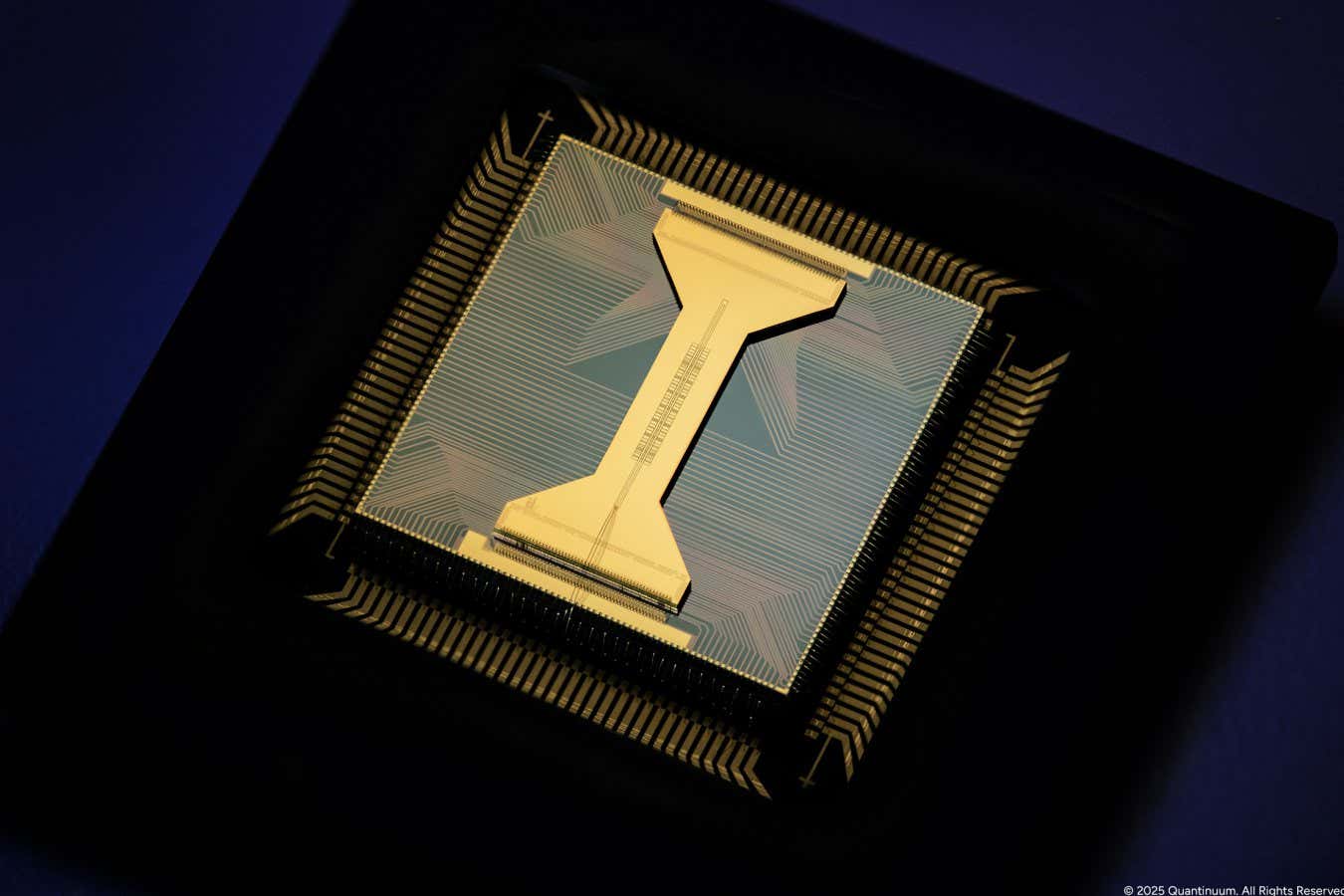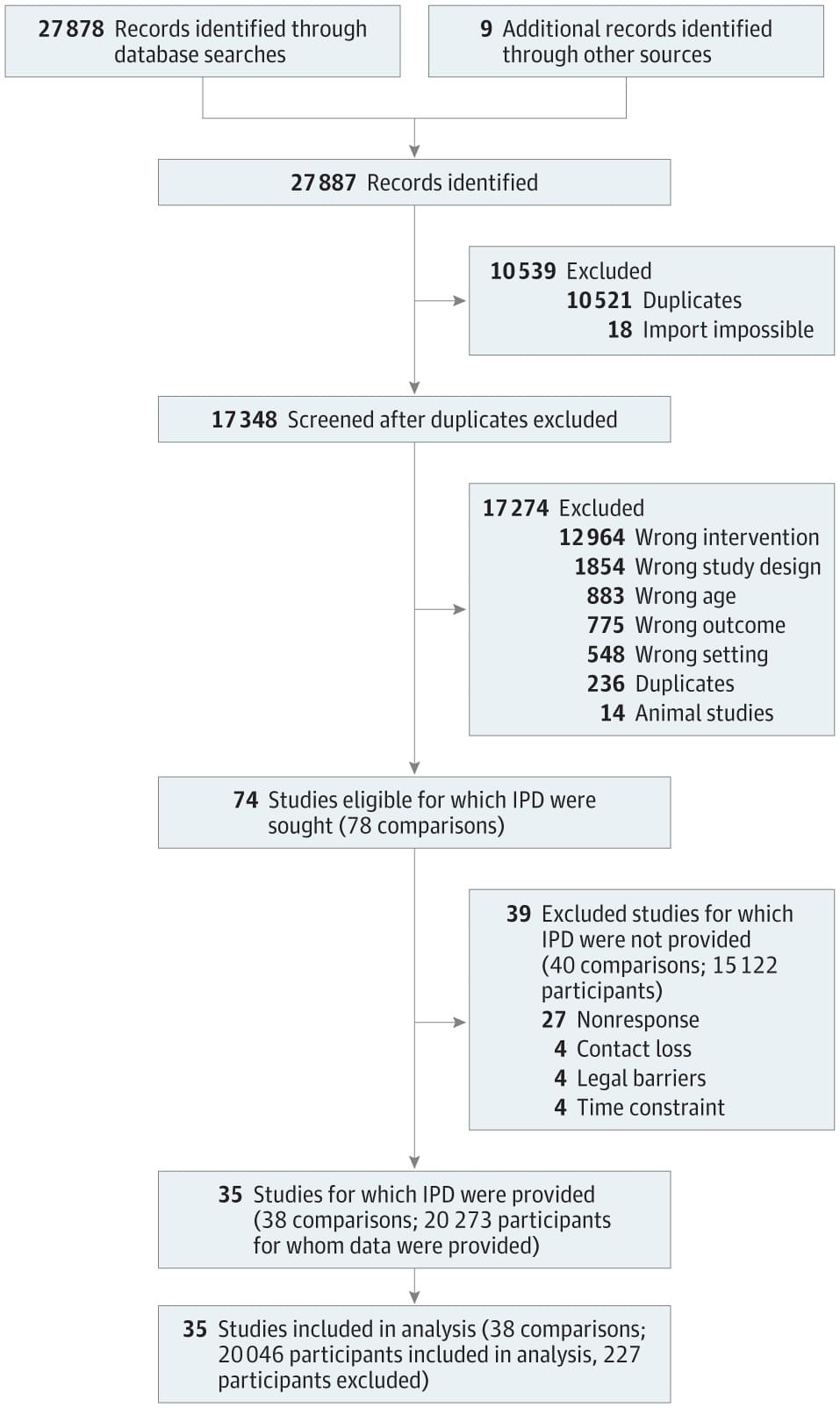A bioelectric capsule tricks the brain into feeling full by activating the stomach’s stretch receptors.





Biological systems, once thought too chaotic for quantum effects, may be quietly leveraging quantum mechanics to process information faster than anything man-made.
New research suggests this isn’t just happening in brains, but across all life, including bacteria and plants.
Schrödinger’s legacy inspires a quantum leap.

Researchers have discovered an unexpected superconducting transition in extremely thin films of niobium diselenide (NbSe2). Publishing in Nature Communications, they found that when these films become thinner than six atomic layers, superconductivity no longer spreads evenly throughout the material, but instead becomes confined to its surface.
This discovery challenges previous assumptions and could have important implications for understanding superconductivity and developing advanced quantum technologies.
Researchers at the Hebrew University of Jerusalem have made a surprising discovery about how superconductivity behaves in extremely thin materials. Superconductors are materials that allow electric current to flow without resistance, which makes them incredibly valuable for technology. Usually, the properties of superconductors change predictably when the materials become thinner; however, this study found something unexpected.




A team from the Leibniz Institute for Baltic Sea Research Warnemünde (IOW) has revived algae that lay dormant in Baltic Sea sediment for nearly 7,000 years.